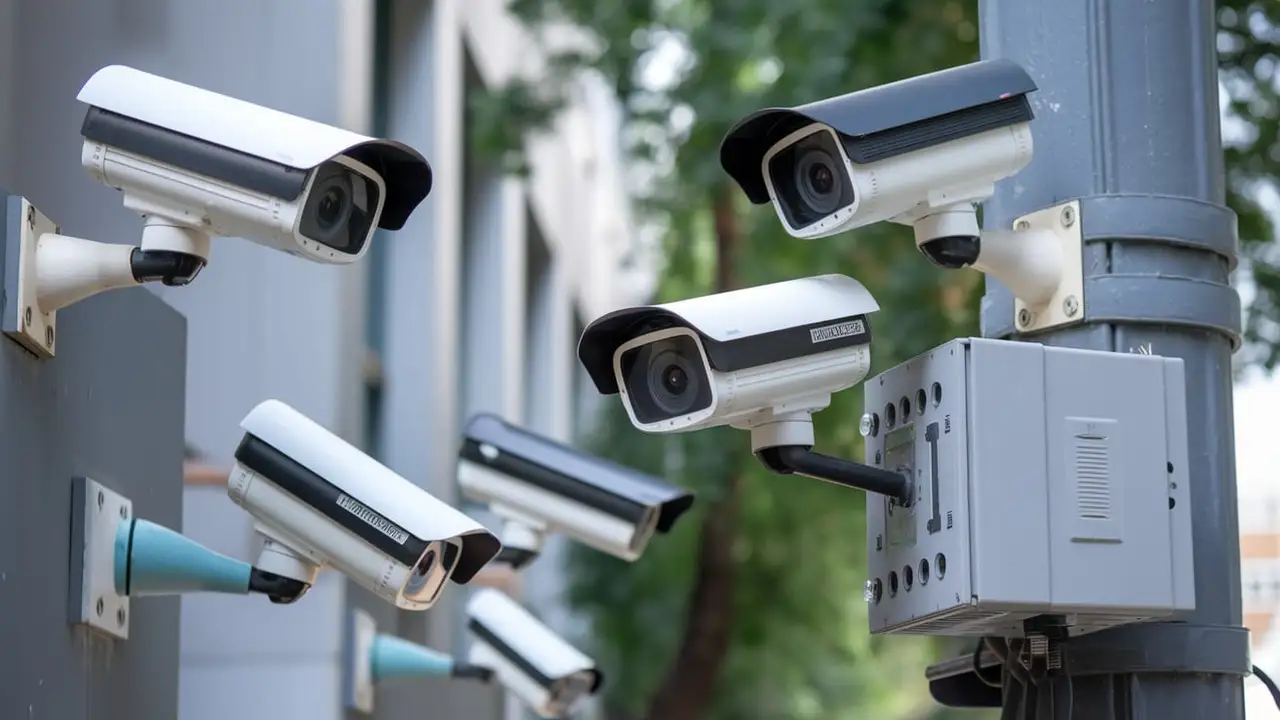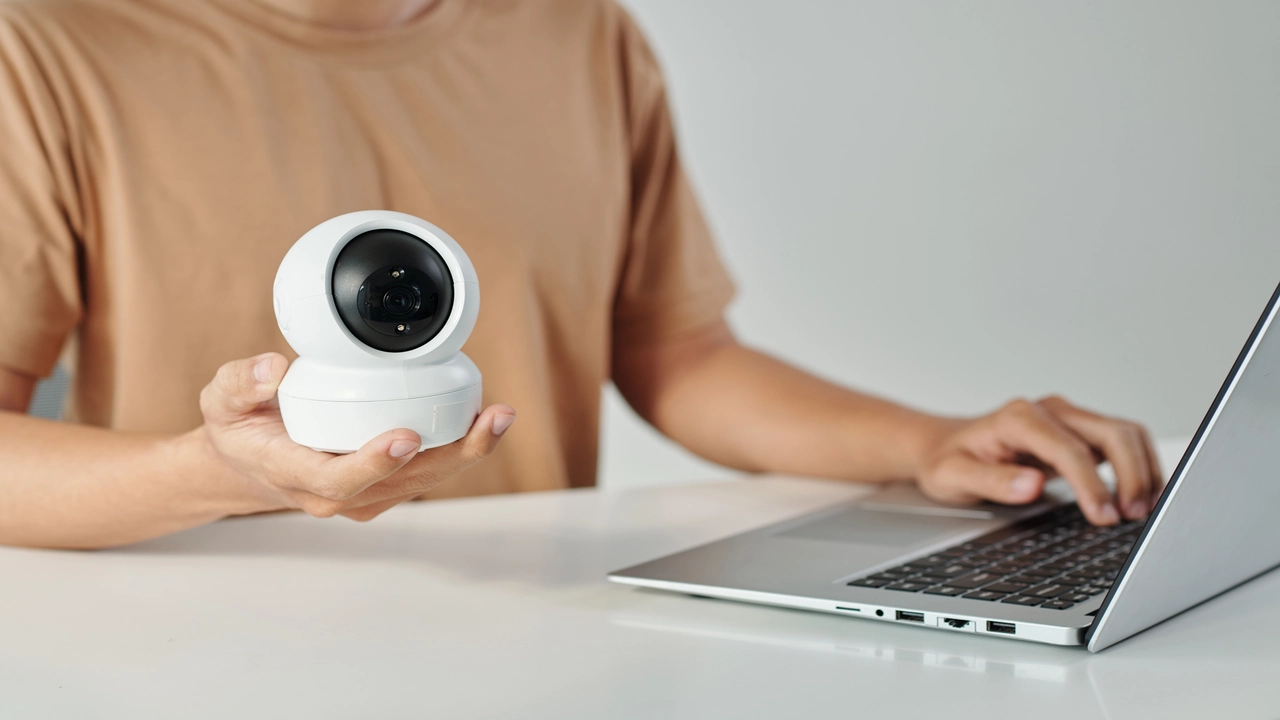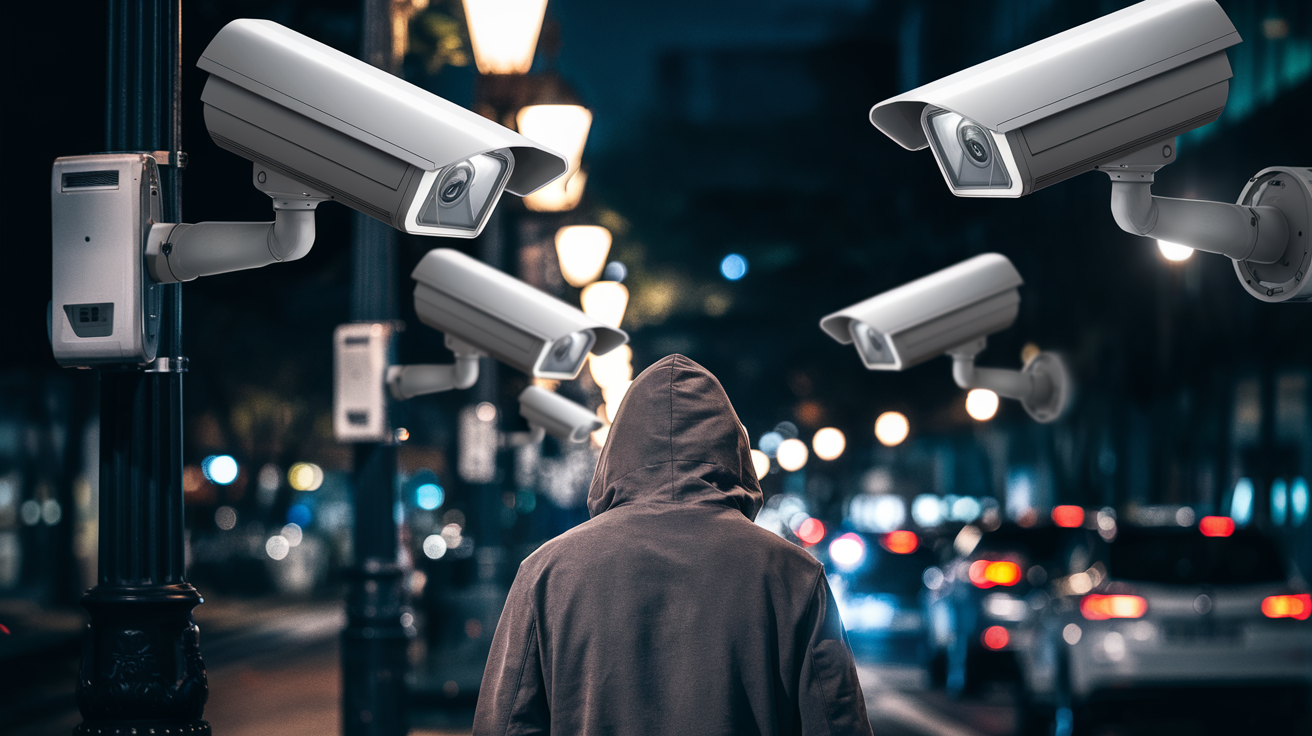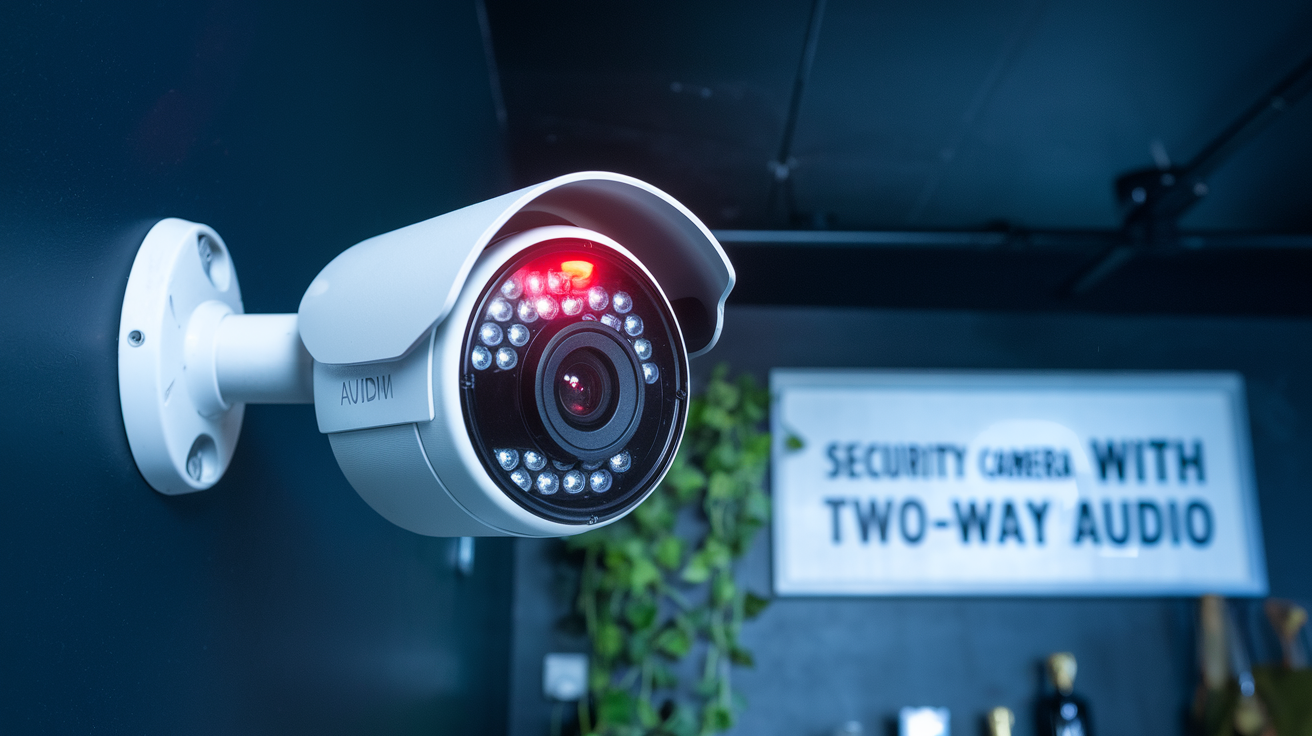When it comes to securing your home or business, wired security cameras remain a top choice for their reliability, consistent performance, and robust feature sets. Unlike wireless cameras, wired systems offer stable connections and uninterrupted power, making them ideal for long-term surveillance needs. However, not all wired security cameras are created equal. To ensure you’re investing in the best system for your needs, it’s essential to understand the key features that set top-tier models apart. In this blog post, we’ll explore the top features to look for in the best wired security cameras, helping you make an informed decision to protect what matters most.
1. High-Resolution Video Quality
One of the most critical features to prioritize in a wired security camera is video resolution. Clear, detailed footage is essential for identifying faces, license plates, or other important details in the event of an incident. Look for cameras with at least 1080p Full HD resolution, though 2K or 4K Ultra HD is becoming increasingly common and highly recommended for larger areas or professional-grade surveillance.
-
Why it matters: Higher resolution ensures sharper images, especially when zooming in on recorded footage. For example, a 4K camera provides four times the detail of a 1080p camera, making it easier to identify intruders or objects at a distance.
-
What to look for: Cameras with 4K (8MP) resolution or higher, paired with advanced image processing like Wide Dynamic Range (WDR) or Forensic WDR for clear visuals in challenging lighting conditions.
Brands like Lorex and Reolink offer wired systems with 4K resolution, delivering crystal-clear footage day and night.
2. Power over Ethernet (PoE) Technology
Power over Ethernet (PoE) is a game-changer for wired security cameras. This technology allows a single Ethernet cable to transmit both power and data, simplifying installation and reducing the need for multiple cables.
-
Why it matters: PoE eliminates the need for separate power cords, making installation cleaner and more efficient. It also ensures a stable connection, as the camera doesn’t rely on Wi-Fi, which can be prone to interference.
-
What to look for: Cameras with PoE support, ideally compatible with Cat5e or Cat6 Ethernet cables for optimal performance. Systems like the Reolink RLK16-800B8 or Zmodo’s PoE cameras are excellent examples of this technology in action.
PoE is particularly beneficial for outdoor or multi-camera setups, as it reduces installation costs and complexity while maintaining reliability.
3. Advanced Night Vision Capabilities
Effective surveillance doesn’t stop when the sun goes down. The best wired security cameras offer robust night vision to ensure round-the-clock monitoring.
-
Why it matters: Night vision allows cameras to capture clear footage in low-light or complete darkness, critical for monitoring during nighttime hours when security risks are often higher.
-
What to look for: Look for cameras with infrared (IR) night vision for black-and-white footage or color night vision with built-in spotlights for vivid, full-color images. A range of at least 100 feet is ideal for outdoor cameras. For example, the Reolink RLC-823A offers 190 feet of night vision with both IR and color options.
Additionally, features like Axis Lightfinder 2.0 or OptimizedIR can enhance night vision performance by reducing noise and improving clarity in near-dark conditions.
4. AI-Powered Smart Detection
Modern wired security cameras go beyond basic motion detection, incorporating artificial intelligence (AI) to distinguish between people, vehicles, animals, or other objects. This reduces false alarms and ensures you’re only alerted to relevant events.
-
Why it matters: AI-powered detection minimizes unnecessary notifications caused by moving branches, pets, or changing light conditions. It also enables advanced features like facial recognition or license plate detection in some models.
-
What to look for: Cameras with person and vehicle detection, such as the Reolink RLK16-1200D8-A, which offers subscription-free AI features. Some systems, like Lorex, also include facial recognition for added security.
Look for customizable detection zones to focus on specific areas, such as doorways or driveways, further enhancing the camera’s effectiveness.
5. Local Storage with High-Capacity Options
Wired security cameras often come with local storage options via Network Video Recorders (NVRs) or microSD cards, allowing you to store footage without relying on cloud subscriptions.
-
Why it matters: Local storage eliminates recurring fees and ensures your footage remains private and accessible, even without an internet connection. High-capacity storage is crucial for continuous recording or extended retention periods.
-
What to look for: Systems with NVRs supporting up to 12TB or more, like the Reolink RLK16-1200D8-A, or cameras with microSD card slots supporting at least 128GB, such as the AlfredCam Indoor Bullet Camera. Ensure the microSD card is Class 10, U1, or U3 for fast read/write speeds.
Formatting the card upon insertion is recommended to optimize performance, but always back up existing data first.
6. Weatherproof and Vandal-Resistant Design
For outdoor wired cameras, durability is non-negotiable. The best models are built to withstand harsh weather and potential tampering.
-
Why it matters: Outdoor cameras are exposed to rain, dust, extreme temperatures, and potential vandalism. A robust design ensures long-term reliability and uninterrupted performance.
-
What to look for: Cameras with an IP66 or higher rating for waterproofing and dust resistance, and IK10-rated models for vandal resistance, like the AXIS P3248-LVE. Dome cameras are often more tamper-resistant than bullet cameras due to their design.
Ensure the camera can operate in your region’s temperature range, typically from -22°F to 140°F for versatile outdoor use.
7. Remote Viewing and Motion Alerts
The ability to monitor your cameras remotely via a smartphone or computer is a must-have feature for modern wired security systems. Motion alerts keep you informed of activity in real time, even when you’re away.
-
Why it matters: Remote access provides peace of mind, allowing you to check live feeds or review footage from anywhere. Motion alerts ensure you’re notified of potential security events immediately.
-
What to look for: Cameras with user-friendly apps, such as those from Reolink or Annke, that support live streaming, push notifications, and email alerts. Ensure the system offers a stable network connection for reliable remote access.
Some systems, like Swann’s, also integrate with voice assistants like Alexa or Google Assistant for added convenience.
8. Wide Field of View and PTZ Capabilities
A wide field of view (FOV) reduces the number of cameras needed to cover large areas, while Pan-Tilt-Zoom (PTZ) functionality allows you to adjust the camera’s perspective remotely.
-
Why it matters: A wider FOV captures more of the scene, ideal for monitoring large spaces like parking lots or backyards. PTZ cameras offer flexibility to focus on specific areas or track moving objects.
-
What to look for: Cameras with at least a 120-degree FOV, or PTZ models like the Reolink RLC-823A, which offers 5x optical zoom, auto-tracking, and a 360-degree pan range.
Fisheye cameras with a 360-degree view are also worth considering for open spaces, as they can minimize blind spots.
9. Two-Way Audio
Two-way audio allows you to communicate through the camera, either to deter intruders or interact with visitors.
-
Why it matters: This feature adds an extra layer of security, enabling you to warn off potential intruders or speak to delivery personnel without opening the door.
-
What to look for: Cameras with clear two-way audio and noise cancellation, such as the Reolink RLC-823A or Lorex models. Ensure the audio quality is crisp for effective communication.
10. Easy Installation and Scalability
While wired cameras require more setup than wireless models, the best systems are designed for straightforward installation and future expansion.
-
Why it matters: Easy installation saves time and reduces costs, while scalability allows you to add more cameras as your needs grow.
-
What to look for: Kits with plug-and-play NVRs, like the Reolink RLK8-811B4-A, or systems with clear setup guides. Look for NVRs with multiple channels (e.g., 8 or 16) to support additional cameras.
Brands like Reolink often include necessary cables and accessories, further simplifying the process.
Conclusion
Choosing the best wired security camera involves balancing advanced features with your specific needs. Prioritize high-resolution video, PoE technology, night vision, AI detection, and local storage for a reliable, cost-effective solution. Ensure the cameras are durable, offer remote access, and provide flexibility through wide FOV or PTZ capabilities. By focusing on these top features, you’ll invest in a system that delivers peace of mind and robust protection for years to come.
Ready to secure your property? Explore trusted brands like Reolink, Lorex, or AXIS, and check their latest models to find the perfect wired security camera system for you.
Feel safe with the Home Security that you will get from professional security companies are as follows; Contact us at (888) 805-5456 to speak to a specialist and get a no-obligation quote.






